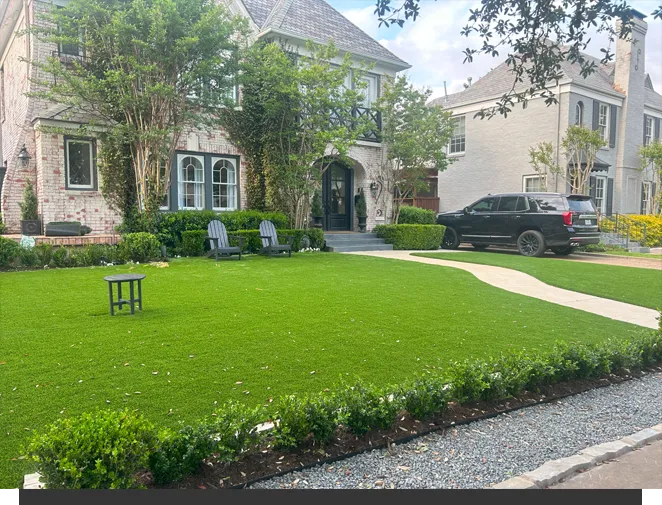In recent years, artificial turf has emerged as a favorite choice for homeowners seeking an alternative to natural grass. This manufactured substitute offers a selection of benefits that interest both cosmetic and realistic problems, rendering it a persuasive option for residential landscapes. Understanding the advantages and preservation requirements of artificial turf will help homeowners produce an informed decision about adding it into their outdoor spaces.
Great things about Artificial Turf
One of the main reasons homeowners choose for artificial turf is their reduced preservation nature. Unlike natural lawn, which requires standard trimming, watering, and fertilizing, artificial turf needs small upkeep. This preserves homeowners time and income on lawn attention while ensuring that their outdoor parts remain beautiful year-round.

Durability is yet another substantial benefit of artificial turf.Made using sophisticated components that endure numerous climate problems, artificial turf keeps its rich look even in parts with major foot traffic. It does not disappear under the sun's UV rays and stays resistant against pets and kids playing.
Artificial turf also plays a role in environmental sustainability. By reducing the need for water and compound inputs associated with natural lawn maintenance, it conserves methods and reduces carbon footprints. Moreover, it eliminates the utilization of hazardous pesticides and herbicides, promoting a better outdoor environment for families and pets.
Moreover, artificial turf offers artistic versatility. Available in a variety of shades and finishes, it could be tailored to check any architectural style or gardening theme. Whether utilized in little downtown gardens or expansive suburban meters, artificial turf promotes curb charm and produces a successfully fascinating outside space.
Maintenance Techniques for Artificial Turf
While artificial turf involves less preservation than normal lawn, schedule care remains essential to make sure their longevity and appearance. Below are a few essential preservation tips for homeowners:
Regular Cleaning: Eliminate dirt such as for example leaves, sticks, and dog waste employing a rigid comb or leaf blower. That stops organic matter from decomposing and affecting the turf's surface.
Periodic Rinsing: Routinely rinse the turf with water to remove dust and pollen, which can acquire with time and boring their appearance.
Brushing: Brush the turf fibers contrary to the grain with a stiff bristle broom to maintain their upright position and regain the turf's normal look.
Place Cleaning: Handle stains immediately with a gentle soap and water solution. Prevent using harsh substances or bleach, as these could injury the turf fibers.
Examine and Restoration: Regularly examine the turf for signs of wear, such as for instance loose joints or damaged areas. Quick repairs may prevent minor problems from escalating.
Prevent Temperature Injury: Reduce exposure to hot things and reflective materials that will cause the turf to become overheated and possibly melt.

By subsequent these maintenance guidelines, homeowners may make certain that their artificial turf remains lively and practical for several years to come.
In summary, artificial turf supplies a powerful alternative to natural grass, giving numerous benefits including low preservation, toughness, environmental sustainability, and aesthetic versatility. With proper care and interest, artificial turf can change residential landscapes into beautiful and useful outside spaces that require small upkeep. Consider integrating artificial turf into your house to take pleasure from these advantages while increasing the wonder and functionality of one's outside environment.
Click here for more information kindly visit the website at https://magnoliaturf.com/ to get the knowledge about artificial turf.
